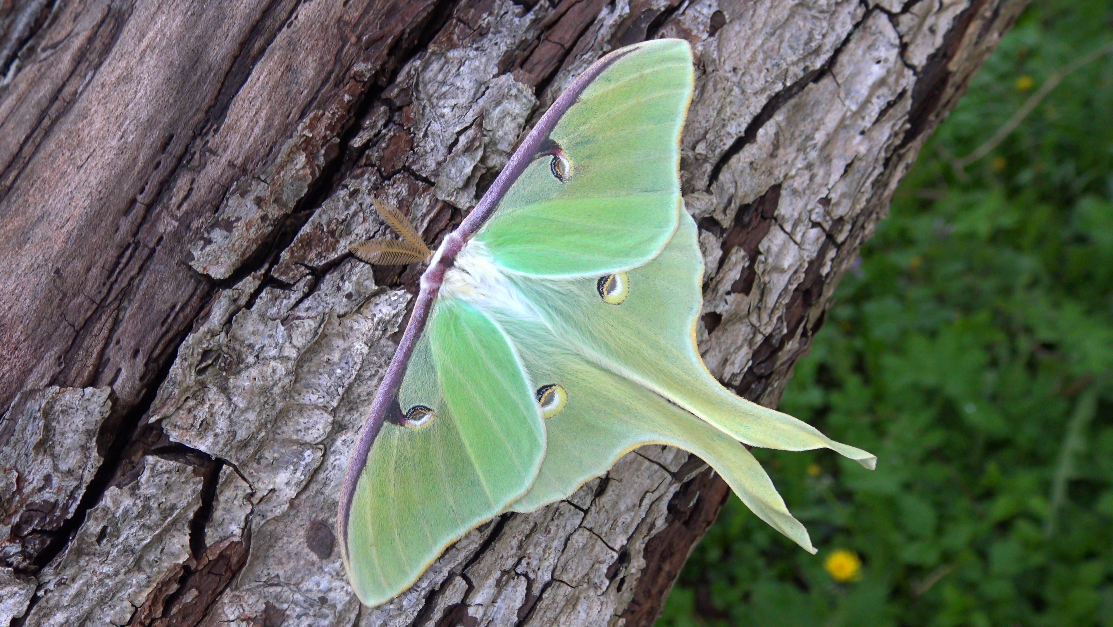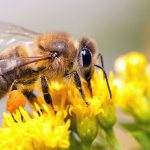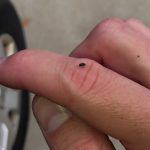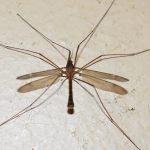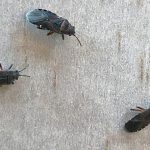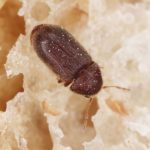As summer rolls around and the sun shines bright, it’s a time to bask in nature’s splendor.
But with the good comes the bad – cue the Luna Moth Caterpillars. These vibrant and fuzzy creatures can wreak havoc on your garden by munching away on leaves.
Luckily, there are natural methods to get rid of them without harming the environment. In this post, we’ll delve into various ways to naturally control the Luna Moth Caterpillar population in your garden.
Whether you choose to pluck them off by hand or use natural repellents like garlic, we’ve got you covered. We’ll also explore how to create a welcoming environment for natural predators such as birds and wasps that can help keep these caterpillars at bay.
Staying vigilant is key when it comes to controlling Luna Moth Caterpillars. We’ll provide tips on how to spot them and distinguish them from other harmless caterpillars.
Our guide will equip you with everything you need to know about naturally controlling their population and keeping your garden thriving.
Encouraging Natural Predators
Contents
There is an eco-friendly solution that won’t harm the environment or your beloved plants – encouraging natural predators.
Birds are one of the most effective natural predators of Luna Moth Caterpillars. Attracting birds like blue jays and chickadees to your yard can help control their population.
You can do this by hanging birdhouses and providing bird feeders with seeds and nuts. It’s important to research what types of birds naturally live in your area and what they like to eat in order to attract them successfully.
In addition to birds, beneficial insects like ladybugs and lacewings also prey on Luna Moth Caterpillars. You can attract these insects by planting flowers like dill, fennel, and milkweed in your yard.
Not only will these flowers bring in the good bugs, but they’ll also add a beautiful touch of nature to your space. Encouraging natural predators creates a healthier ecosystem in your yard, promoting biodiversity and sustainability.
By providing food and shelter for birds and beneficial insects, you’ll create a more vibrant environment that will benefit both your plants and local wildlife. Remember to avoid using pesticides and insecticides as they can harm both predators and prey.
Instead, use natural repellents like garlic spray or manually remove the caterpillars from your plants by hand or with a vacuum cleaner.
Removing Caterpillars Manually
Well, if Luna Moth Caterpillars are gobbling up your plants, it’s time to put on your gloves and start seeking them out manually.
Removing caterpillars manually is a simple yet effective way to get rid of pests without resorting to harmful pesticides. To start, don your gloves to protect your hands from the prickly hairs of the caterpillars.
Next, gently pick them off the leaves by hand, taking care not to harm the plant in the process. You can also use a tool, such as a stick or spoon, to move them onto a leaf or tissue paper before disposing of them.
But what should you do with the collected caterpillars? It’s vital to dispose of them correctly to prevent them from returning to your yard.
Place them in a tightly sealed plastic bag and throw it away in the trash. Avoid leaving them on the ground as they may crawl back up onto your plants.
Although removing caterpillars manually can be time-consuming, it’s a safe and effective method that won’t harm other beneficial insects or wildlife in your yard.
Moreover, it’s an excellent opportunity to teach children about the mesmerizing life cycle of moths and butterflies while promoting a healthy ecosystem.
Using Natural Repellents
There are natural repellents that can be used to get rid of these pesky critters without harming the environment. Neem oil, derived from the seeds of the neem tree, is a popular natural repellent for Luna Moth Caterpillars.
Its insecticidal and repellent properties make it a highly effective solution for keeping caterpillars at bay. Spray the oil directly onto the leaves of the infested plant or tree and watch as the caterpillars quickly move on to another feeding ground.
Garlic is another potent natural repellent for Luna Moth Caterpillars. Crush several cloves of garlic and steep them in water overnight to create a solution that can be sprayed onto the infected plant or tree.
The strong odor of garlic will keep the caterpillars away, making your garden less attractive to these pests. Essential oils such as peppermint, rosemary, and eucalyptus are also highly effective natural repellents for Luna Moth Caterpillars.
Mix these oils with water and spray them directly onto the leaves of the infected plant or tree. The strong scent of these oils will make the plant less appealing to caterpillars, ultimately causing them to vacate your garden.
Apart from these natural repellents, there are several other methods that can be used to get rid of Luna Moth Caterpillars naturally. Handpick them off infected plants, prune infected branches, or introduce natural predators like birds or beneficial insects to help maintain a healthy growing environment for your garden.
Maintaining Healthy Plants
Worry not, for I am here to equip you with some expert tips on how to maintain healthy plants and protect them against these pests.
The first step is to keep your yard or garden clean and well-maintained. Regularly removing fallen leaves, dead plant matter, and other debris is crucial as they can attract unwanted bugs.
Think of it as tidying up your living space – just like we feel better when our homes are clean and clutter-free, plants thrive in a tidy environment. But why stop there?
Consider planting natural repellents like marigolds, lavender, and mint around your yard or garden. These plants have strong scents that deter pests from coming near, including Luna Moth Caterpillars.
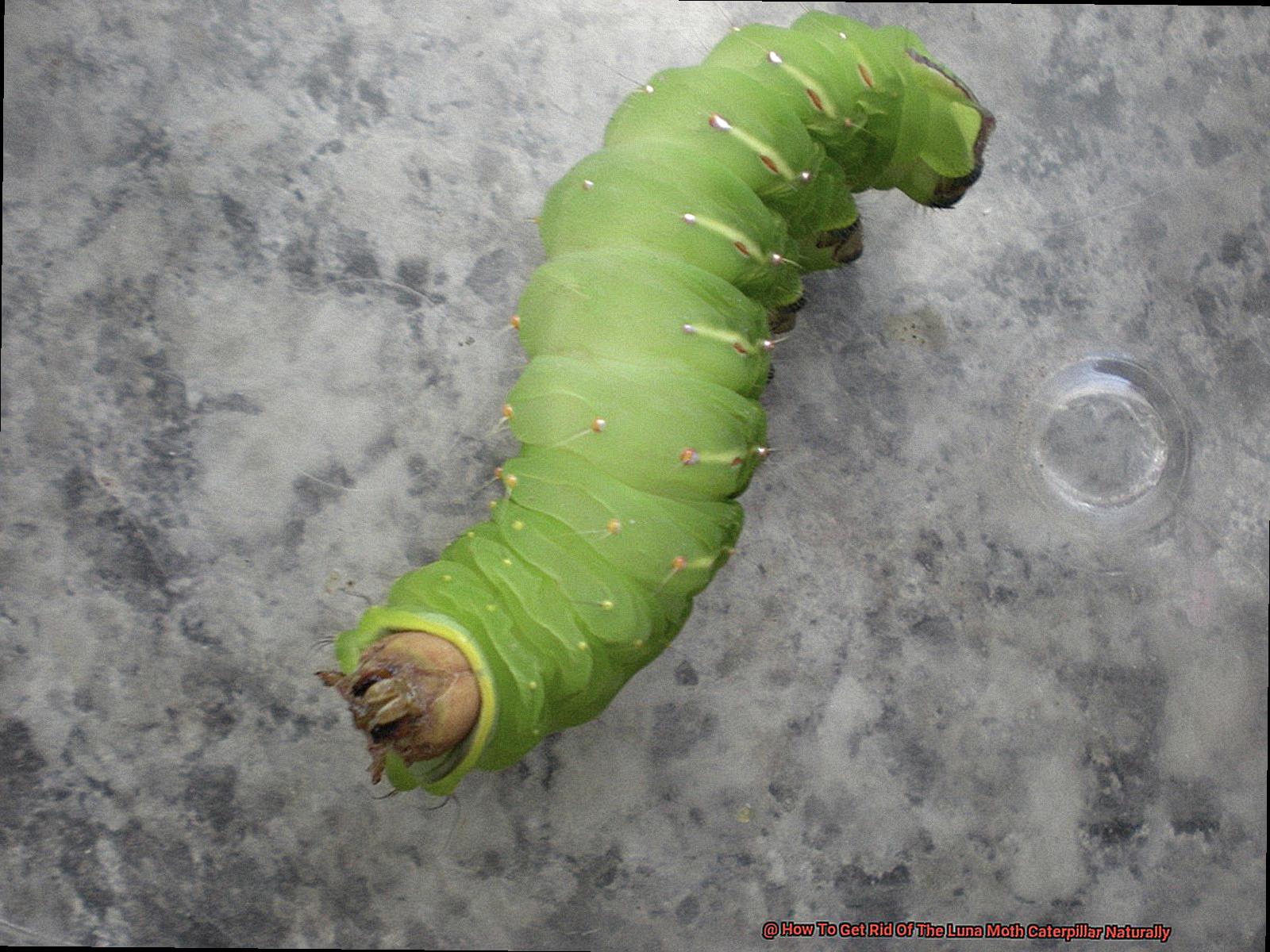
Not only do they serve as a natural repellent, but they also add a lovely pop of color and fragrance to your outdoor space. Proper watering and fertilization of your plants is also key in maintaining their health.
Weak or stressed plants are more susceptible to pest infestations, so make sure to provide them with the necessary nutrients and hydration they need. It’s like giving them a good meal and a refreshing drink – they’ll be happy and healthy.
Do not forget to regularly inspect your plants for signs of Luna Moth Caterpillars or other pests. Catching any infestations early on is crucial in preventing further spread.
If you do notice any damage or infestations, take action immediately to prevent further harm. You may need to manually remove the caterpillars or use organic pest control methods such as neem oil or insecticidal soap.
Pruning and Disposing of Dead Plant Material
Luna Moth Caterpillars love nothing more than breeding on dead plant material.
That’s why it’s essential to remove any dead or dying branches, leaves, or flowers in your yard.
Step 1: Identify the damaged or dead branches.
Look for those brown or leafless branches and use pruning shears to cut them off at the base. Make sure to make clean cuts to prevent further damage to the tree.
Step 2: Dispose of the dead plant material properly.
Don’t leave it on the ground; it will attract more caterpillars.
Instead, bag it up and dispose of it in the trash. This will help prevent any further infestations in your yard.
It’s important to note that pruning should be done during the dormant season when trees and shrubs are not actively growing. This will help avoid any stress on the plant and ensure proper healing after pruning.
Pruning and disposing of dead plant material may seem like a small task, but it’s an essential step in getting rid of Luna Moth Caterpillars naturally. By following these steps, you can help reduce their population and protect your plants from further damage.
Utilizing Beneficial Insects
These tiny creatures are a gardener’s best friend, as they can be introduced to help control pest populations, including those pesky luna moth caterpillars. Think of them as your very own army of protectors, fighting off the bad guys and keeping your plants safe and healthy.
One example of such beneficial insects is the parasitic wasp. Don’t let its name fool you; this wasp is actually quite helpful.
It lays its eggs inside the luna moth caterpillars, which then hatch and feed on the caterpillar, ultimately killing it. Imagine having a tiny ninja assassin taking care of business for you.
Another useful insect is the lacewing. These little guys are attracted to flowers and herbs that have small, white flowers like dill and yarrow.
By planting these types of plants in your garden, you can attract lacewings and other beneficial insects. The lacewing larvae feed on a variety of pests, including luna moth caterpillars.
So not only do you get pretty flowers, but you also get some extra protection for your plants. Last but not least, we have the adorable ladybug.
Ladybugs feed on a variety of pests, including aphids and scale insects. In addition, they will also eat luna moth caterpillars if they are present in the area.
It’s like having a little army of cute little beetles patrolling your garden and keeping everything in check. However, it is important to note that introducing beneficial insects into your garden or yard should be done with caution.
Some beneficial insects can become pests themselves if their populations get out of control. That’s why it’s crucial to research which beneficial insects are appropriate for your specific area and to follow proper care and maintenance techniques to ensure their effectiveness in controlling pest populations.
In conclusion, by utilizing beneficial insects such as parasitic wasps, lacewings, and ladybugs, you can protect your plants from the destructive luna moth caterpillar and other pests.
Conclusion
In conclusion, battling Luna Moth Caterpillars may seem like a daunting task for any gardener, but don’t fret.
Natural methods of control are available to help you get rid of these pests without harming your plants or the environment. From handpicking them off your plants to using natural repellents like garlic and encouraging natural predators such as birds and beneficial insects, there are several options to keep your garden thriving.
Ensuring healthy plants is also key in preventing infestations from occurring in the first place. Keep your yard clean and well-maintained, plant natural repellents like marigolds and lavender, and properly water and fertilize your plants to create an environment that’s less attractive to pests.
Reducing their population by pruning and disposing of dead plant material is another essential step. Remove any dead or dying branches, leaves, or flowers in your yard during the dormant season when trees and shrubs are not actively growing to prevent further infestations.
Attract these tiny protectors to your garden through specific plants and careful maintenance techniques for a healthier ecosystem that benefits both your plants and local wildlife.

